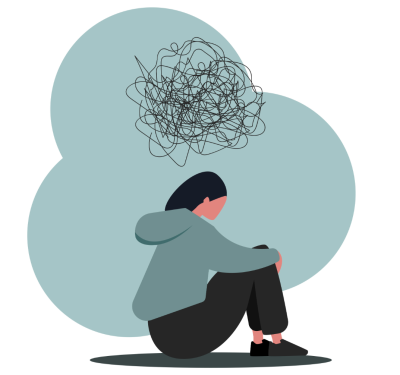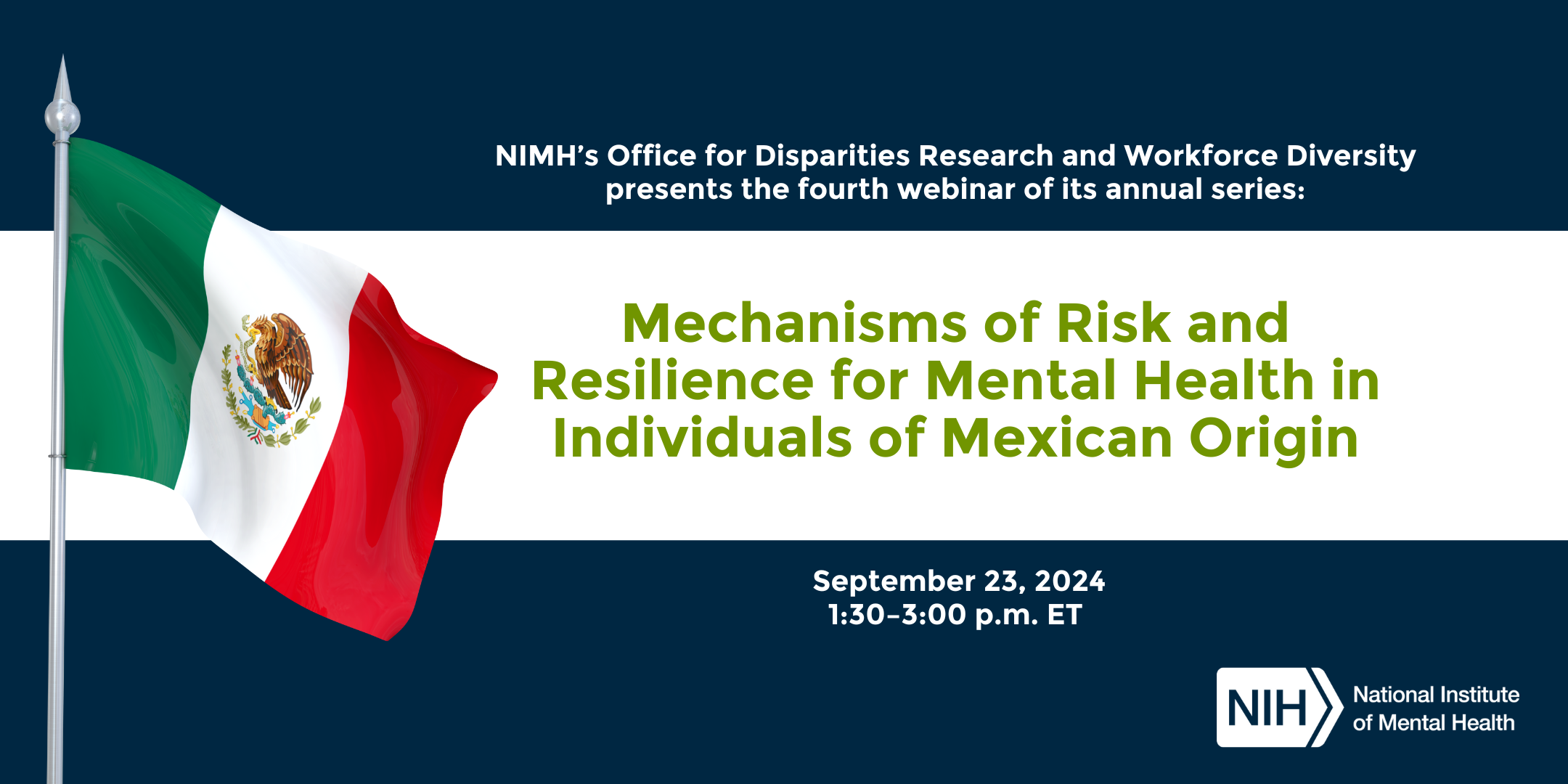
Living with ADHD (attention deficit hyperactivity disorder) as a woman can be challenging in many ways, especially when it comes to managing anxiety. ADHD is often misunderstood and underdiagnosed in women, leading to unique difficulties that can make everyday life overwhelming. Anxiety in women with ADHD doesn’t just feel like the typical jitters before a big event; it can be a constant, persistent presence that affects nearly every aspect of life.
In this blog post, we will explore how anxiety manifests in women with ADHD, what it feels like and presents itself as, and what you can do to effectively manage it. By focusing on self-awareness, self-discovery, self-regulation, self-love, and self-advocacy, you can take meaningful steps to decrease or manage your anxiety and increase your confidence.
How anxiety feels and manifests in women with ADHD
Anxiety in women with ADHD is often intertwined with the symptoms of ADHD itself, making it difficult to distinguish where one ends and the other begins. Here’s a closer look at what this anxiety can feel like and how it can present itself:
1. Overwhelming sensory experiences
Imagine walking into a room where the lights are too bright, the music is too loud, and there are too many people talking at once. For women with ADHD, this sensory overload can trigger intense anxiety. Everyday environments can become minefields of overwhelming stimuli, making it difficult to concentrate, think clearly, or even breathe steadily.
2. Constant worry and overthinking
Anxiety often manifests as an incessant internal dialogue of worry. “Did I forget something important? Will I screw up at work? Will people notice I’m struggling?” These thoughts can spiral out of control and feed into ADHD tendencies to overthink and struggle to prioritize.
3. Fear of failure and rejection
Women with ADHD may develop a deep fear of failure and rejection due to past experiences where their symptoms were misunderstood or criticized. This fear can lead to anxiety when trying new things, taking risks, or even engaging in social interactions, as the possibility of being judged or failing is so great.
4. Physical symptoms
Anxiety in ADHD can also manifest physically. Rapid heartbeat, shallow breathing, muscle tension, headaches, and gastrointestinal problems are common. These symptoms can be distressing and further fuel the anxiety cycle.
5. Procrastination and perfectionism
While these may seem like opposite behaviors, they are often two sides of the same coin in women with ADHD. The anxiety of wanting everything to be “perfect” can lead to procrastination out of fear that it won’t be perfect, which in turn creates more anxiety.
What you can do: 5 quick tips to reduce anxiety and increase confidence
Managing anxiety when you have ADHD isn’t easy, but it is possible. By focusing on key areas like self-awareness, self-discovery, self-regulation, self-love, and self-advocacy, you can begin to manage your anxiety and build the confidence you need to thrive.
1. Self-awareness: recognize your triggers
The first step to managing anxiety is understanding what triggers it. Keep a journal or use a note-taking app to record situations that make you anxious. Are there certain environments, tasks, or interactions that increase your anxiety? If you identify these triggers, you can begin to anticipate and prepare for them. Self-awareness also involves recognizing how your ADHD symptoms may be exacerbating your anxiety. For example, are you overloading your schedule? Are you setting unrealistic expectations for yourself?
2. Self-discovery: embrace your strengths
Women with ADHD often spend a lot of time focusing on their perceived weaknesses. However, self-discovery is about identifying and embracing your strengths. Maybe you’re incredibly creative, have a unique ability to solve problems, or are great at thinking outside the box. By focusing on what you do well, you can begin to develop a sense of pride and confidence that counteracts anxiety. This process may involve trying new activities, exploring hobbies, or seeking feedback from others who value your strengths. Self-discovery also involves figuring out what those triggering situations mean to you personally. If a place seems too bright, validate those emotions and then begin to focus on what you can do to help yourself cope better or more successfully with those situations.
3. Self-regulation: developing calming strategies
Self-regulation is about managing emotional and physical responses to stress. For women with ADHD, this may mean developing quick, accessible strategies to calm anxiety as it arises. Deep breathing exercises, mindfulness practices, or even a short walk can help. Additionally, creating routines can provide structure, making it easier to manage both ADHD and anxiety symptoms. For example, a morning routine that includes a few minutes of meditation or a calming activity can set a positive tone for the day.
4. Self-love and acceptance: be kind to yourself
Women with ADHD often carry a lot of guilt and shame, and feel like they constantly fall short of expectations. Practicing self-love means treating themselves with the same kindness and compassion they would offer a friend. This involves forgiving themselves for mistakes, letting go of perfectionism, and recognizing that it’s okay to have limitations. Acceptance doesn’t mean giving up on improvement, but rather it means recognizing that they are worthy of love and respect exactly as they are.
5. Self-defense: express your needs
Self-advocacy involves communicating your needs and boundaries clearly and confidently. This may involve explaining to your peers or family how ADHD affects you and what support you need. It may also involve seeking accommodations at work or school that help you manage both your ADHD and your anxiety. By standing up for yourself, you can reduce situations that trigger your anxiety and create an environment where you can thrive.
Conclusion
Anxiety in women with ADHD is a complex and challenging issue, but it is not insurmountable. By focusing on self-awareness, self-discovery, self-regulation, self-love, and self-advocacy, you will be able to manage your anxiety and begin to live a more confident and fulfilling life. Remember that you are not alone in this journey. Many women with ADHD face similar struggles, and there are resources and communities that can support you. Embrace your journey of self-discovery, be kind to yourself, and don’t hesitate to advocate for the support you deserve.
References:
- Matlen, S. (2018). Understanding sensory overload in ADHD. ADDitude Magazine. Retrieved from additudemag.com
- Barkley, RA, Murphy, KR, & Fischer, M. (2008). ADHD in adults: What the science says. Guilford Press.
- Quinn, PO & Nadeau, KG (2002). Gender Issues and ADHD: Research, Diagnosis, and Treatment. Silver Spring, MD: Advantage Books.
- Kooij, J.J.S., Bejerot, S., Blackwell, A., et al. (2010). European consensus statement on the diagnosis and treatment of ADHD in adults: European Adult ADHD Network. BMC Psychiatry, 10(1), 67.
- Nadeau, KG (2015). Perfectionism and procrastination in adults with ADHD. ADDitude Magazine. Retrieved from additudemag.com
- Ramsay, JR & Rostain, AL (2016). Cognitive behavioural therapy for ADHD in adults: an integrative psychosocial and medical approach. Routledge.
- Hallowell, EM & Ratey, JJ (2011). Distraction (revised): Recognizing and coping with attention deficit disorder. Anchor.
- Zylowska, L. (2012). Mindful prescribing for ADHD in adults: an integrative science-based approach. Shambhala Publications.
- Saline, S. (2018). What your child with ADHD wants you to know: Working together to empower children to succeed in school and in life. TarcherPerigee.
- Solden, S., & Frank, M. (2019). A radical guide for women with ADHD: embrace neurodiversity, live boldly, and overcome barriers. New Harbinger Publications.




_0.png)

